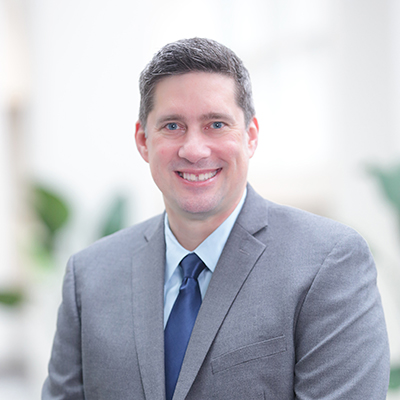enrollment
Solving the Enrollment Puzzle at a Small College
How Elmira College Enrolled Their Best Class in 10 Years Despite FAFSA Fiascos and Campus Silos
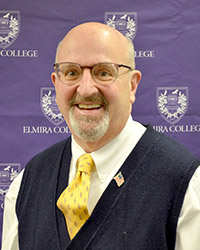
Dennis Kelly has seen a lot in his 30 years in higher education. He had success at multiple institutions—Cheyney University, Notre Dame University of Maryland, Cabrini University, Georgian Court University, Marywood University, and Wilmington College. His tenure at Wilmington was particularly notable, enrolling two of the largest classes in the college’s history, an accomplishment which led to awards from the Phi Theta Kappa International Honor Society, among others. Kelly is also the only enrollment officer whose teams have won RNL Excellence Awards for both marketing/recruitment (at Marywood) and student retention (at Georgian Court).
But even with three decades of experience, accomplishments, and awards under his belt, he faced a daunting task when he arrived at Elmira College as their vice president of enrollment management in January 2024. “I had to jump into a situation where the class I inherited did not meet goal,” Kelly said. “I had a priority list from the president and had to quickly address these concerns, get to know my staff, and stop a decline.”
Elmira is a small college in upstate New York. Founded in 1855, it was the first institution to offer women a collegiate education comparable to male students—a groundbreaking commitment to gender equality. Now coeducational, the college promises a focus on rigorous academics, small class sizes, and fostering a strong sense of community among students and faculty.
However, like many small colleges around the country, it struggled in an increasingly difficult higher education environment. Kelly stepped into the middle of a particularly challenging time for enrollment. “The class did not meet goal, and we were not taking enough deposits to hit goal. Melt was also going to hurt. And then there were all the problems with the FAFSA.”
Moving forward instead of freezing with the FAFSA delays
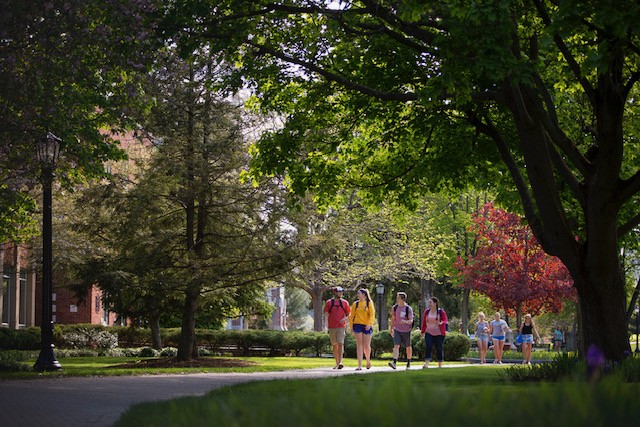
For many institutions of all sizes and types, the FAFSA disruptions greatly slowed enrollment momentum. In addition, Kelly learned when he started that he would have to hire a new director of financial aid as his current one was retiring, adding an even greater degree of difficulty to achieving enrollment success amid the chaos from the FAFSA changes.
But Kelly and his Enrollment Management Leadership (EML) team decided they were not going to let the FAFSA disrupt their engagement with students. “We looked at our merit and non-need strategies and knew we could piece together 70 percent of the equation while we were waiting. Rather than be held back by these delays, we got aggressive and put together a plan for engaging students immediately. We could then fill in those FAFSA gaps later.”
Kelly and the EML implemented a deposit management plan and monitored progress week by week to reach their goals. The college used RNL’s Advanced FinAid Solutions and worked with their RNL financial aid consultant to find more productive ways to secure deposits. They found a cross-section of GPA and student need that resulted in 10 deposits alone—a significant win for a smaller college like Elmira, especially in a challenging financial aid climate.
Elmira also partnered with high schools and visited those schools to increase engagement with students. They added new strategies such as a virtual orientation event for transfer students. They removed areas that were not producing enrollment (such as one international area). By being proactive and data-driven, the college was able to keep its normal recruitment cycle on track while financial aid was finalized. The only timeline adjustment was moving June orientation to July so that students could come to orientation with their final financial aid awards settled.
“We started taking market share from other public institutions who had a hard time figuring out what they could do because of the FAFSA problems,” said Kelly. “That built a lot of internal momentum.”
Letting enrollment leaders shine while aligning silos toward enrollment goals
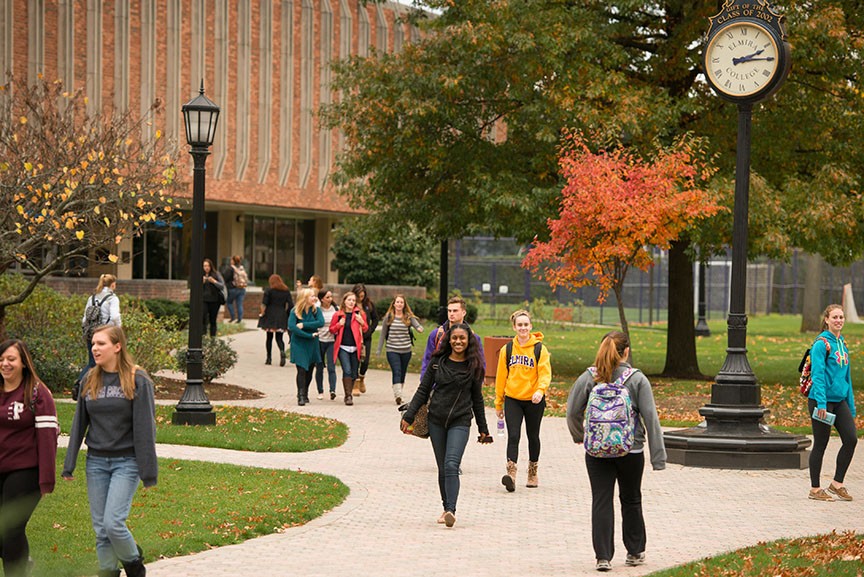
When Kelly arrived at Elmira, he found that the EML team was underutilized, and he believed they were ready to do more. They were also siloed among Admissions, Financial Aid, Institutional Research, Academics, Athletics, and Marketing. “These people never had a voice, but they wanted to win,” Kelly said. “They just needed to be put in a position to win.”
Kelly aligned the departments and staff toward their common enrollment goals. He built a strong partnership between the Office of Communications and Marketing and the Athletic staff, empowering the Athletics to have a greater role in the enrollment success of the college. He also had two remote staff members doing admissions operations and institutional research—unusual for a small collegebut a testament to having the right people doing the job, even if they were not physically on campus.
As Kelly and the EML put strategies into place, they met Mondays to review their approach and see where they were starting to fill their class. Their RNL consultant helped them analyze their data and optimize their strategies, transferring his knowledge and expertise to the Elmira team in the process. Later in the term, when the team’s efforts translated into enrollment results, the RNL consultant presented them with certificates to celebrate their accomplishments.
A near-perfect enrollment for Elmira College

The strategies and efforts of the EML led to incredible enrollment results. The class had 56 percent more freshmen than the year before, and transfers increased 61 percent. The class increased by 100, a remarkable amount for a college of Elmira’s size.
They achieved these historic enrollment results while maintaining academic quality and actually lowering their discount rate. They also had a low 9 percent melt rate on a class with 100 more deposits than before. The result was the best class Elmira had in more than 10 years, and it also impacted other key areas, such as residency on campus. By all measures, it was an enormous success—and Kelly and the EML accomplished it in six months.
Ready to repeat their success
Kelly credits the EML’s hard work and willingness to move forward early despite the FAFSA delays with Elmira’s success. He and his team refused to let these disruptions affect their planning. “Give your people the tools they need to shine, empower them, have their backs, and let them have their moment.”
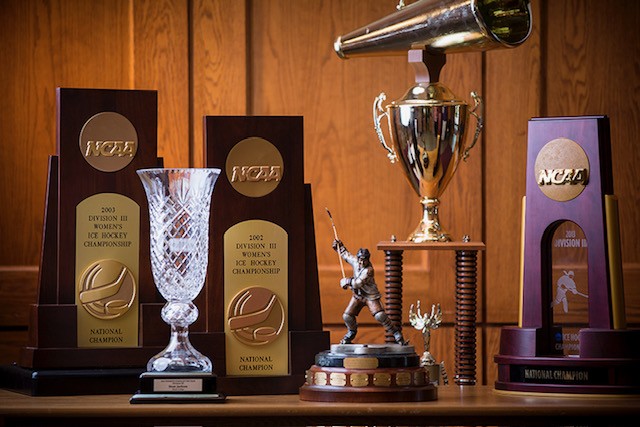
Now, as they look toward the next year, Kelly is sure they are set up to continue their success. After making additional improvements and tweaking their model, Elmira is off to a great start for fall 2025. More importantly, the staff believe they will succeed, and their enthusiasm is contagious. “They know what winning feels like now—the whole college does. That has ramifications across the campus, from enrollment to areas like advancement.”
Kelly summed up his advice with an airport analogy. “We have more planes on the tarmac, ready to fly. We’re not relying on one plane to do it all, because you never want to have an airport with one plane on the tarmac.”
